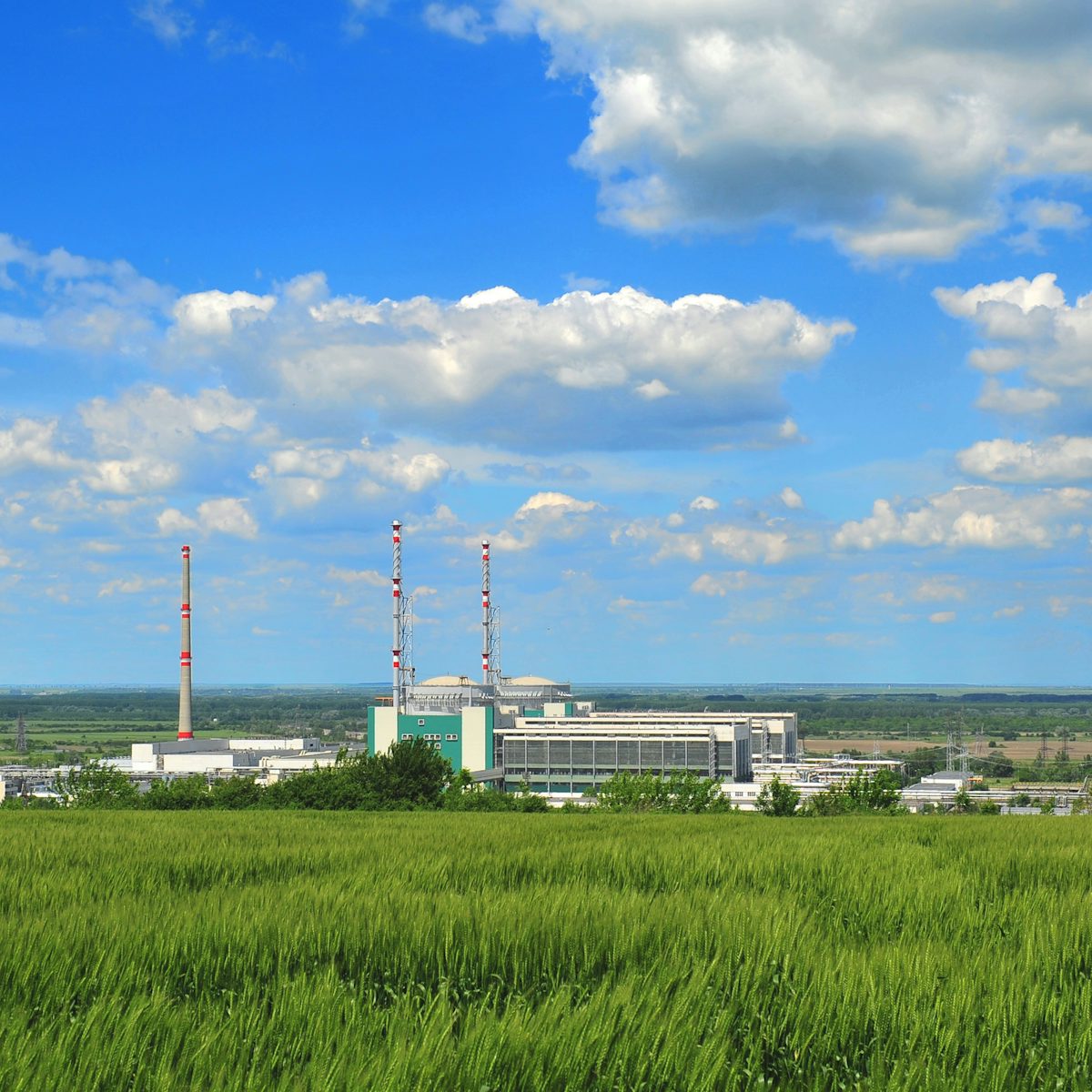Reactor construction needs to offer ‘good technology and a good business case’.
The increased participation of global investment banks, state development and state-owned export-import banks is leading to a funding transformation for the nuclear energy sector, a conference in Bulgaria has heard.
An international panel on financing nuclear power at the annual Bulgarian nuclear forum Bulatom’s conference on energy security in the Black Sea resort of Varna looked at the funding transformation for new nuclear plants in Bulgaria and internationally.
The panel highlighted the increased participation of global investment banks, state development and state-owned export-import banks.
“Money is available, but good projects are needed”, Milko Kovachev, Bulgaria’s energy minister from 2001-2005, and a former head of department at the International Atomic Energy Agency, told NucNet.
“This means that new projects have to offer good technology and a good business case with returns, a good project structure is always a good sign,” said Kovachev, who also was one of the panellists on the financing nuclear new build panel at the conference.
The Bulgarian energy minister Vladimir Malinov said at the conference that construction of new build nuclear plants such as Kozloduy-7 and -8, represents the most crucial project for the country’s economy, together with fuel diversification, as key mechanisms in Bulgaria’s ongoing transformation to low carbon and sustainable energy supply.
Sofia is planning to build two Westinghouse-supplied AP1000s at the Kozloduy site, on the Danube River in the northwest of the country.
Investment Banks ‘Watching The SMR Market’
Kovachev said investment banks such as Citibank and JP Morgan, both of which attended the Bulatom conference, are looking at nuclear power transactions and developing a deeper understanding of nuclear power as part of their decarbonisation portfolios, so they can increase their capacity for such deals.
He said “lately, in 2024, we have realised that nuclear plants could get a new financial deal through green bonds, which could help refinancing projects”.
As far as the role of the development banks is concerned, Kovachev said that the European Bank for Reconstruction and Development (EBRD) “is the only unique institution which is involved in supporting nuclear power, including a number of projects in central and eastern Europe”.
“At the end of 2023, however, the bank changed its energy strategy and is not now supporting new build projects, but is focusing on projects on decommissioning radiation safety in countries including Lithuania, Slovakia, Ukraine and Uzbekistan,” Kovachev added.
“The investment banks are also observing the SMR [small modular reactor] market,” said Kovachev, who is also a board member at the International Bank for Nuclear Infrastructure’s (INBI) strategic advisory group. The INBI is expected to be established between 2024 and 2026.
“IBNI is needed in the global efforts to triple existing nuclear power capacity from 400 GW to 1,200 GW by 2050, as agreed at Cop28 in Dubai, as well as to sustain the level of standardisation and harmonisation, and to support investment from private and public funds,” Kovachev said.
According to Kovachev, organisations like the European Investment Bank (EIB) can improve the financial environment for nuclear power plants, although the EIB does not currently support nuclear power.
However, commercial banks now have decarbonisation portfolios as priority which is “advantageous to nuclear power”, Kovachev added.


